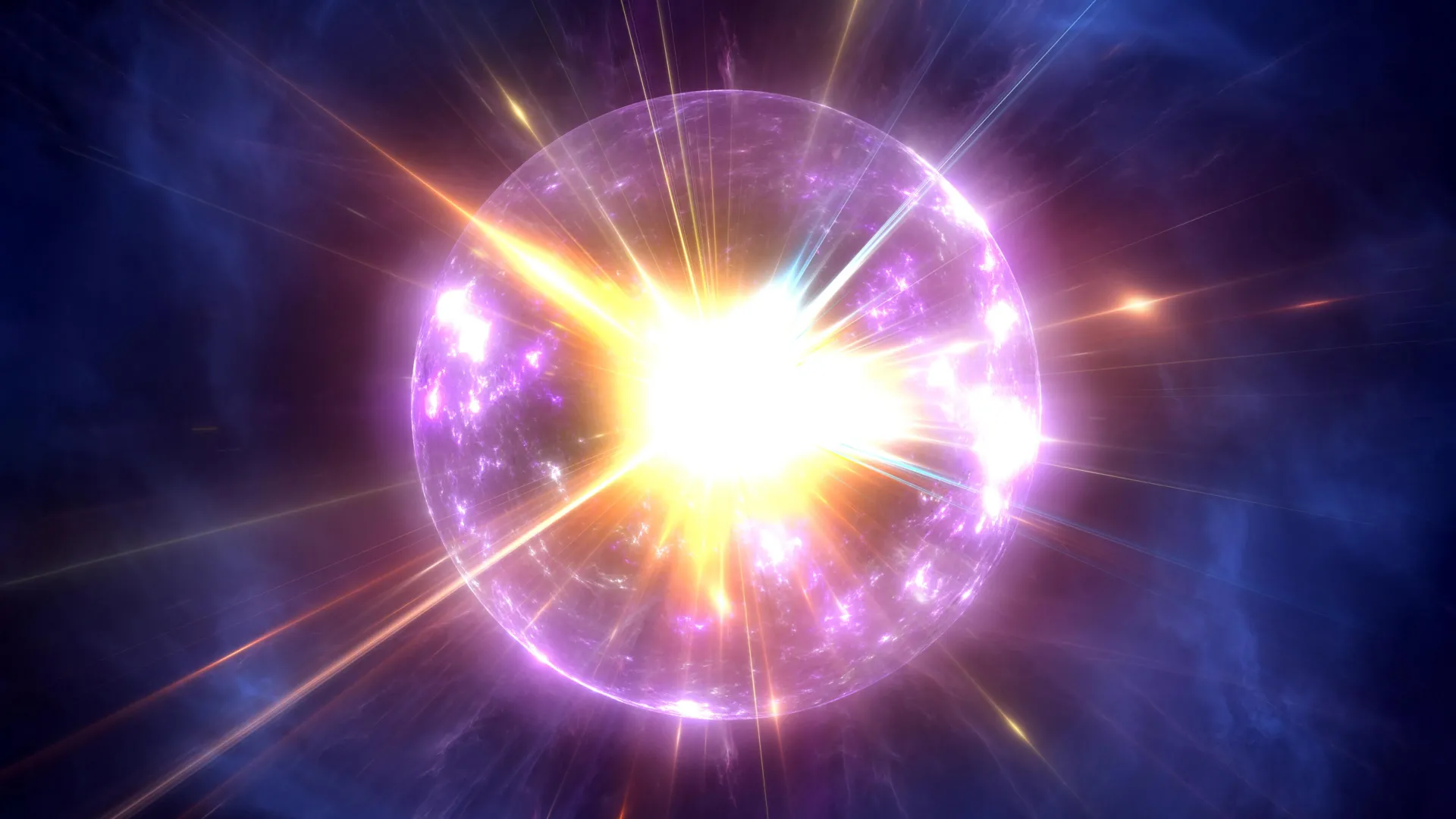A groundbreaking theory from the University of Ottawa proposes that dark matter and dark energy, long considered fundamental components of the universe, may not exist at all. Instead, the study suggests that the effects attributed to these mysterious entities could be explained by a new understanding of gravity and the forces that govern cosmic evolution.
Led by Rajendra Gupta, an Adjunct Professor in the Department of Physics, this research reexamines how the fundamental forces of nature might weaken over time, leading to observable phenomena traditionally linked to dark matter and dark energy.
November 6, 2025, marks a pivotal moment in cosmology, as Gupta’s findings challenge established beliefs about the cosmos. The study indicates that, rather than relying on the existence of dark matter and dark energy, the universe’s behavior could result from gradual changes in the strength of natural forces.
Redefining Cosmic Behavior
Professor Gupta explains that as the universe expands, its forces, including gravity, may weaken on average. This weakening could create the illusion of a mysterious force driving the accelerated expansion of the universe, often attributed to dark energy. Furthermore, variations in gravitational strength at different scales could account for the additional gravity observed in galaxy clusters, an effect previously ascribed to dark matter.
“There are two very different phenomena that have been explained by dark matter and dark energy,” Gupta states. “Our model uses a single equation to encompass both cosmological and astrophysical scales without needing these elusive components.”
In his prior research, Gupta questioned the existence of dark matter on a large cosmic scale. His latest work extends this inquiry to smaller, astrophysical scales, particularly focusing on galaxy rotation. This model introduces a parameter known as α, which represents the evolving coupling constants—the values that dictate the strength of fundamental forces.
At larger scales, α remains constant, based on data from supernovae. However, within galaxies, α varies according to the distribution of ordinary matter, such as stars and gas. This variation enables the model to explain why stars in the outer regions of galaxies move faster than expected, eliminating the need for unseen dark matter halos.
Extending the Universe’s Timeline
Gupta believes this new perspective could solve longstanding mysteries regarding the formation of galaxies in the early universe. “For years, we’ve struggled to explain how galaxies formed so quickly and became so massive,” he notes. His model posits that by lengthening the universe’s developmental timeline, it becomes feasible to understand the rapid formation of large structures like galaxies and black holes.
The research implies that the universe’s age could effectively double, providing room for the observations we currently make. This radical shift in understanding could also mean that the extensive search for dark matter particles—which has cost billions of dollars—might be unnecessary. Gupta argues that even if such particles were found, they would account for only a fraction of the universe’s mass compared to ordinary matter.
“Sometimes, the simplest explanation is the best one,” he concludes. “Perhaps the universe’s greatest mysteries are simply illusions created by the evolving constants of nature.”
The study, titled “Testing CCC+TL Cosmology with Galaxy Rotation Curves,” appears in the peer-reviewed journal Galaxies. This research not only challenges existing cosmological frameworks but also opens the door for new inquiries into the fundamental nature of the universe.
